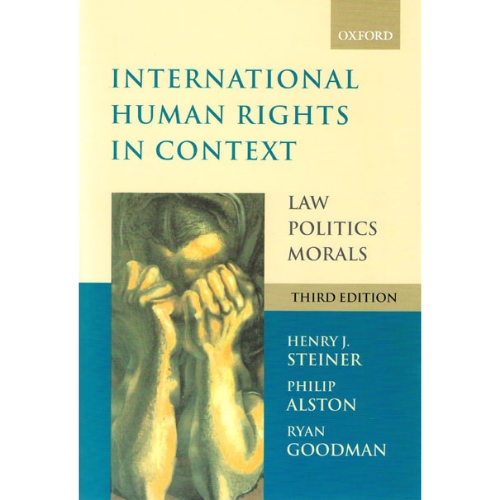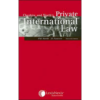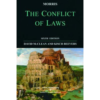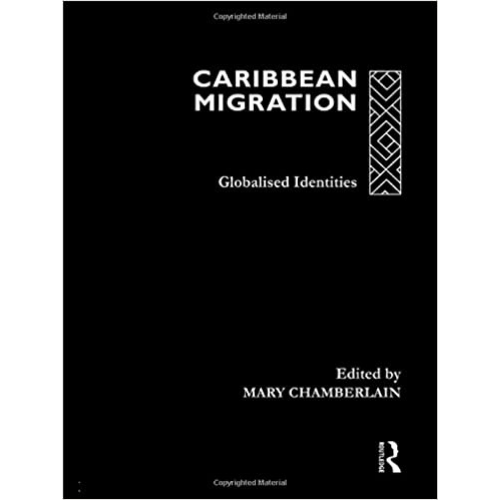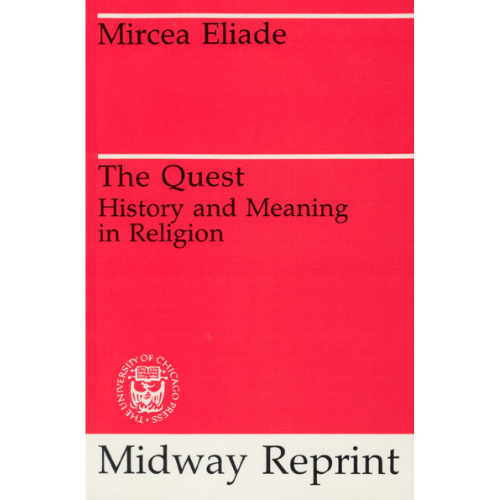International Human Rights in Context, 3rd Edition
$70.35
Henry J. Steiner, Philip Alston, Ryan Goodman
LAW375
The third edition of International Human Rights in Context continues to bring sophisticated and thought-provoking analysis to the study of human rights within its wider social and cultural context. This widely acclaimed interdisciplinary coursebook presents a diverse range of carefully edited primary and secondary materials alongside extensive text, editorial commentary, and study questions.
Within its conceptual framework, the book thoroughly covers the major topics of international human rights: the basic characteristics of international law; evolution of the human rights movement movement; civil, political, economic and social rights; the humanitarian laws of war; globalization; self-determination; women’s rights; universalism and cultural relativisim; intergovernmental and nongovernmental institutions; implementation and enforcement; internal application of human rights norms; and the spread of constitutionalism.
In stock

